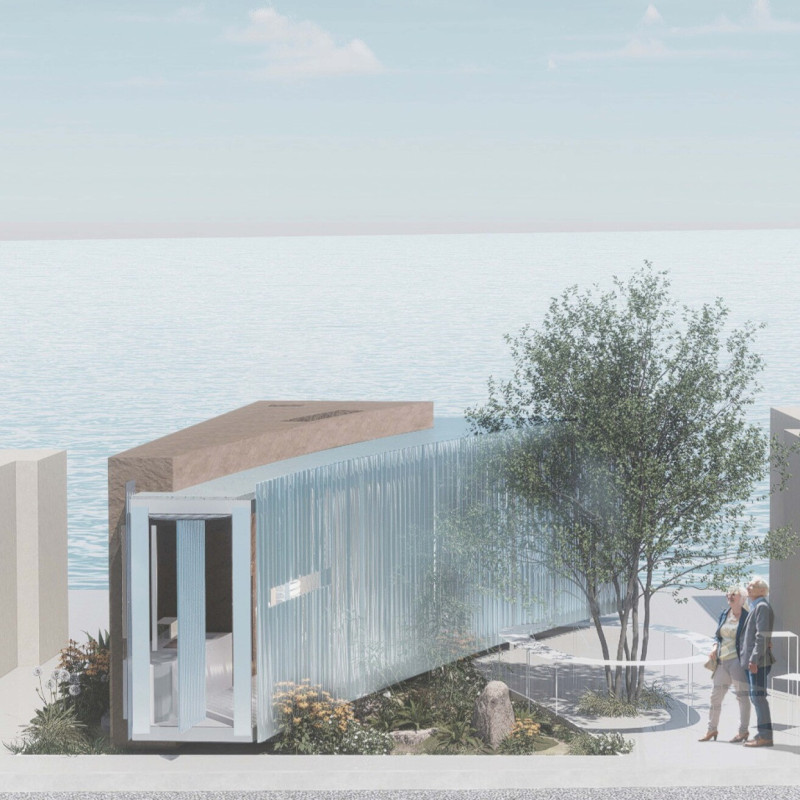5 key facts about this project
Upon entering the space, one is immediately struck by the seamless integration of indoor and outdoor environments. Large expanses of glazing allow natural light to flood the interior, creating a welcoming ambience while establishing a visual connection to the surrounding landscape. This attention to natural light is a crucial component of the design, as it enhances the spatial quality and energy efficiency, reducing the need for artificial lighting during daylight hours.
A key aspect of this architectural project is its function, designed to accommodate a variety of activities that promote community engagement. The flexible layout includes multipurpose spaces that can be easily adapted for different events, workshops, or exhibitions. This versatility is a testament to the design’s intention of serving not just as a structure, but as a hub for social interaction and cultural exchange.
The unique design approach reflects a deep respect for the local context, both in materials and aesthetics. The architects utilized locally sourced materials, which not only reduces the carbon footprint associated with transportation but also ties the structure to its environment. Natural stone, sustainably harvested timber, and recycled metals are prominently featured, creating a harmonious blend with the surroundings. These materials are chosen not only for their durability but also for their visual warmth, fostering a sense of belonging among users.
Particular attention is given to detailing throughout the project. The careful selection of textures and finishes enhances the sensory experience of the space, inviting users to interact with the environment in meaningful ways. Architectural features such as overhangs and louvers are designed to optimize solar gain while minimizing glare, further illustrating the project's commitment to sustainability.
Landscaping plays an integral role in the overall design, providing both aesthetic value and ecological benefits. Native plant species were selected for the external gardens, fostering biodiversity and reducing water consumption through their adaptation to the local climate. The incorporation of green roofs and rainwater harvesting systems underscores the project’s commitment to sustainable architecture, offering innovative solutions to common environmental challenges.
Furthermore, the architectural plans reveal a strategic layout that prioritizes pedestrian access and connectivity. The inclusion of pathways that promote walkability reflects an understanding of contemporary urban planning principles. By encouraging foot traffic, the design aims to revitalize the surrounding area, inviting the community to engage with the project.
The architectural sections depict the thoughtful layering of spaces, effectively illustrating the flow and hierarchy within the design. This layering not only aids in navigation but also cultivates an experiential quality that enhances the overall user experience. Additionally, the balance between private and public spaces is carefully considered, ensuring that individual needs are met while fostering communal interaction.
In examining the architectural designs, one can appreciate how each element contributes to the overarching narrative of the project. The choice of materials, arrangement of spaces, and incorporation of natural elements all work in concert to create an environment that is both functional and aesthetically pleasing.
This project exemplifies contemporary architectural ideals, marrying innovative design with a profound awareness of context. The unique approach to materiality, sustainability, and community interaction positions it as a significant addition to the urban landscape. For those interested in delving deeper into the specifics of this architecture project, including a closer examination of architectural plans, sections, and broader architectural ideas, exploring the full presentation will provide invaluable insight into its design philosophy and outcomes.


























